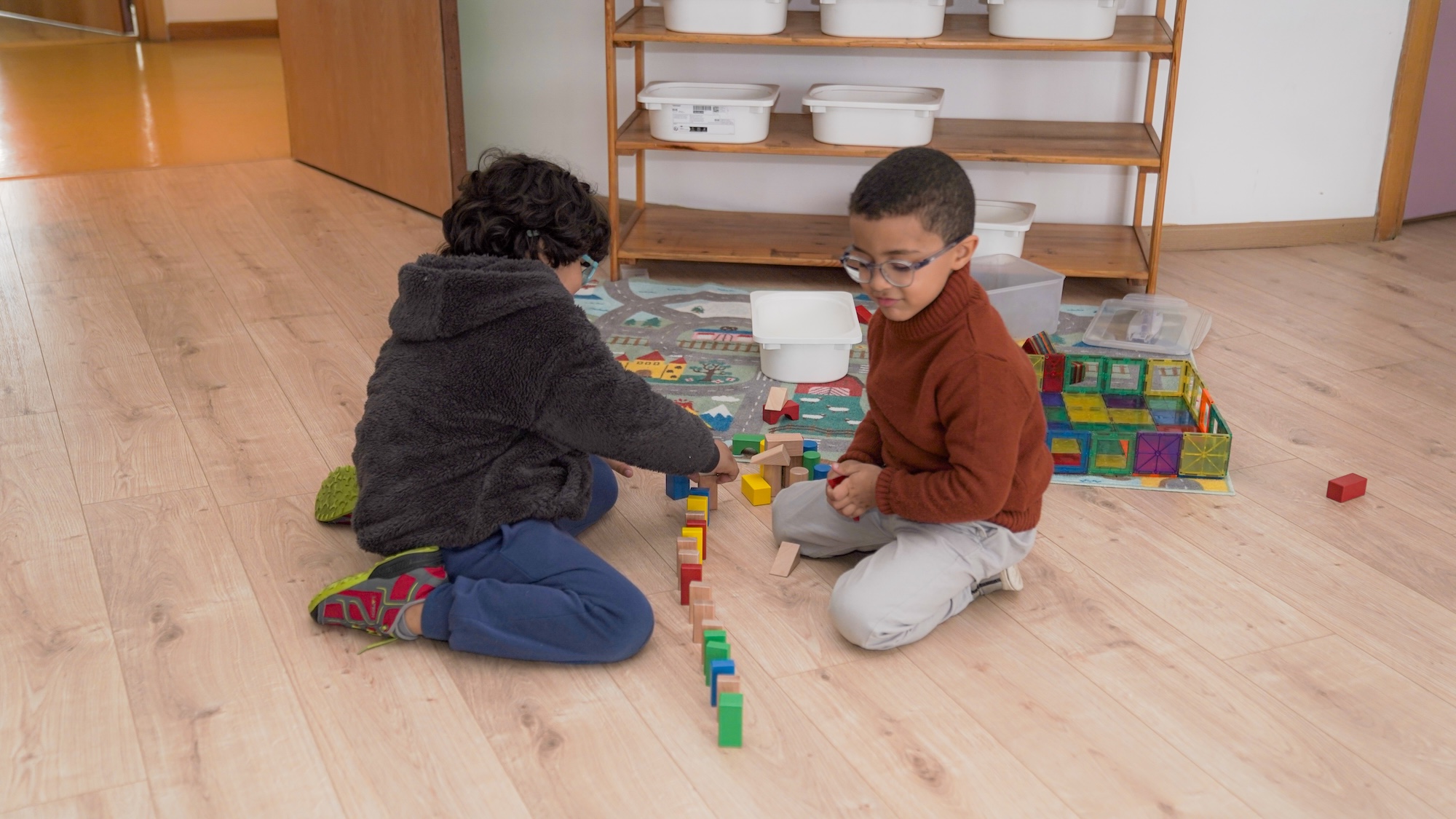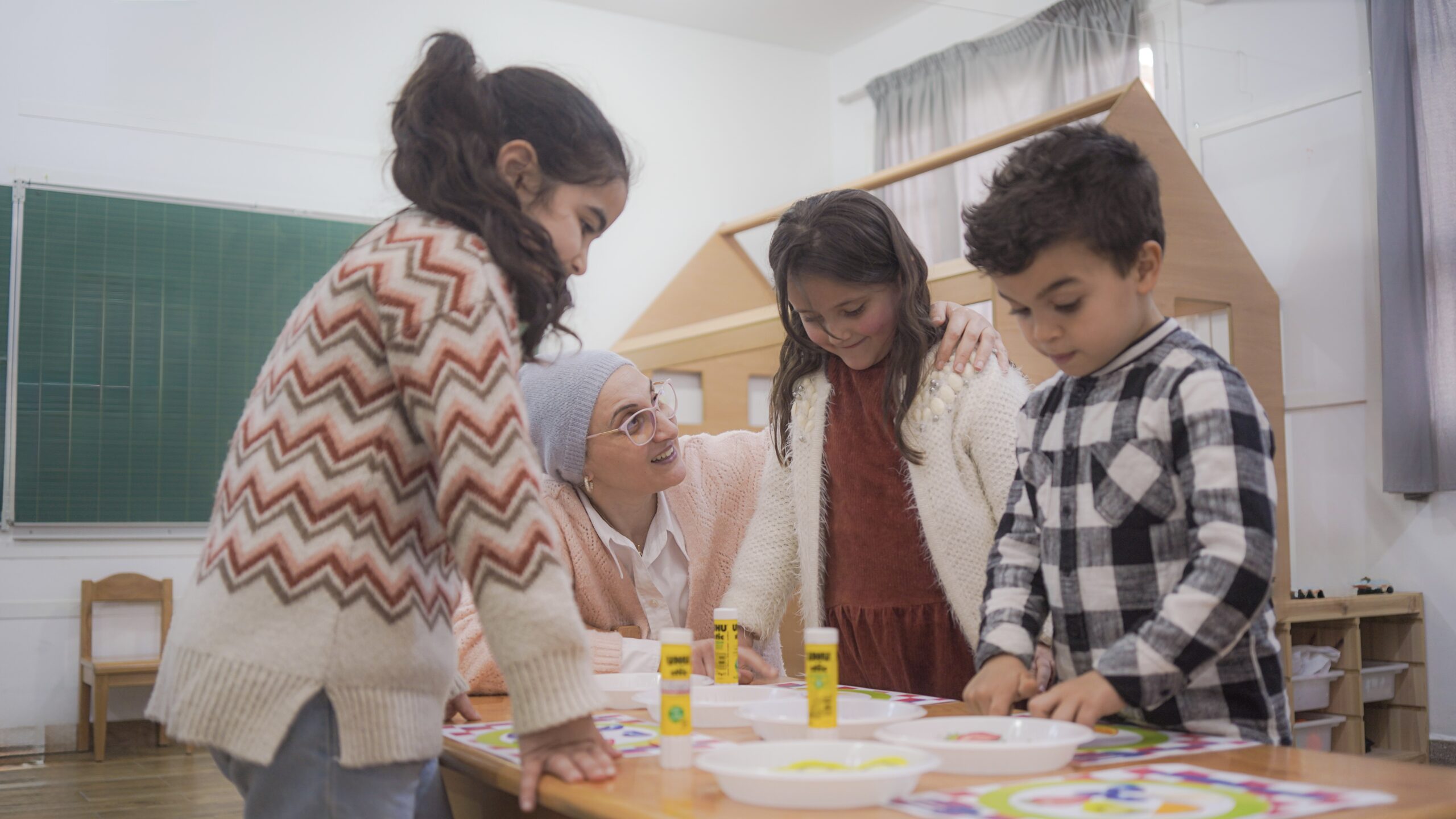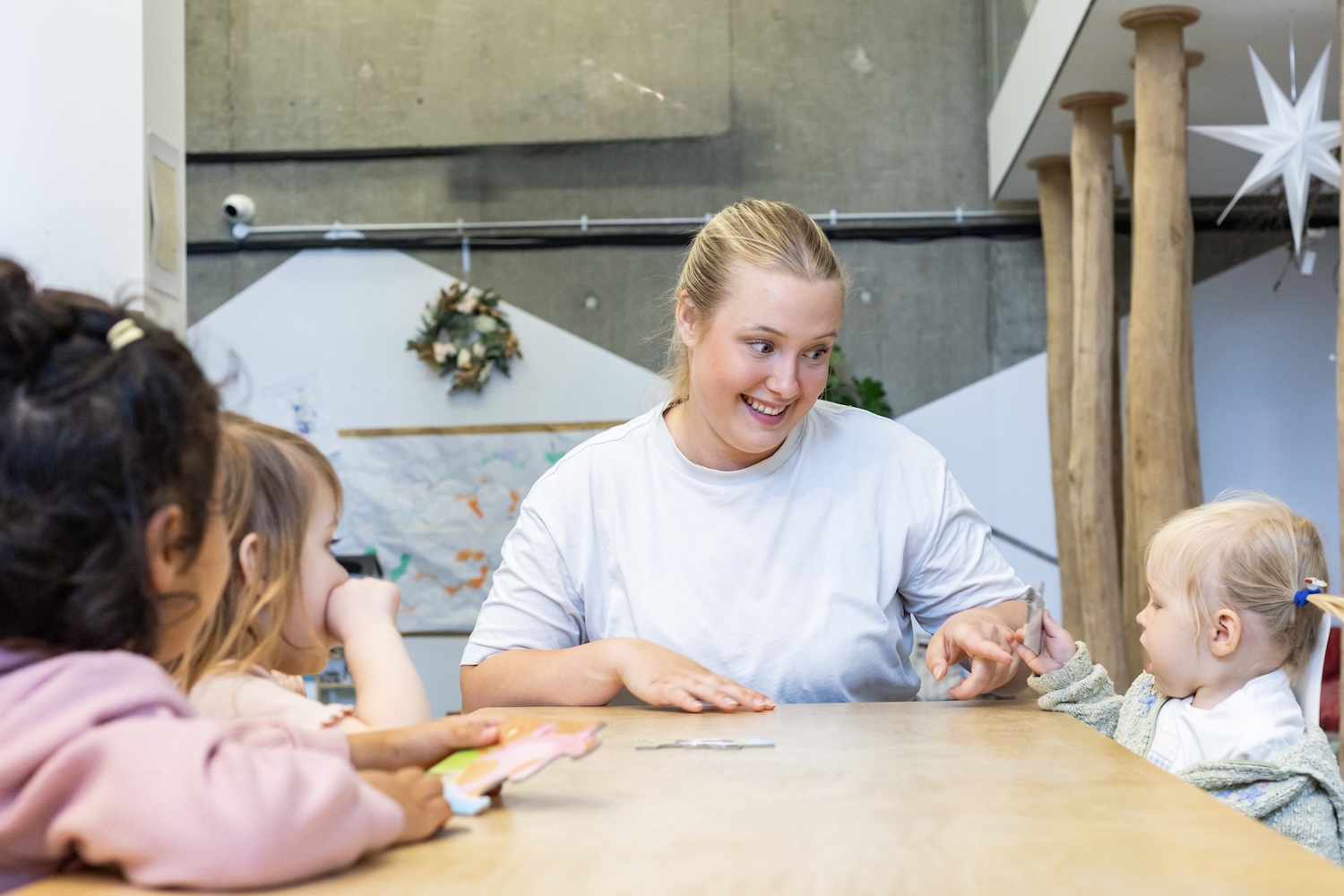In today’s rapidly evolving education landscape, one question continues to spark debate among school owners, teachers, and parents alike: What’s the best way for children to learn? Should we prioritise child-initiated learning, where curiosity drives exploration, or structured teacher-led learning, where instruction follows a clear plan?
Both approaches have proven benefits and challenges. The key lies not in choosing one over the other but in balancing autonomy with structure to create a learning environment that nurtures curiosity, creativity, and academic growth.
For more on how modern classrooms influence learning, explore Traditional Classroom vs Modern Learning Environment: What’s Changing in Education? on our FinlandWay® blog.
What is child-initiated learning?
Definition and core principles
Child-initiated learning is an educational approach where children take the lead in their own learning experiences. They choose what to explore, how to engage with the task, and when to seek support. Rather than directing every step, the teacher acts as a facilitator, providing guidance, resources, and encouragement as needed.
At the heart of this approach is the belief that children learn most effectively when they follow their own interests and curiosity. By giving children ownership over their learning, this method nurtures independent thinking, self-motivation, creativity, and problem-solving skills. These principles align strongly with FinlandWay’s philosophy: when children are empowered to lead, their learning becomes deeper, more meaningful, and more joyful.

Benefits of child-Initiated learning
Research shows that when children take the lead, their engagement levels and confidence soar. A 2022 study published in Educational Assessment, Evaluation and Accountability found that child-initiated instruction was positively linked to children’s school readiness, social development, and problem-solving abilities (Source: National Library of Medicine).
The National Association for the Education of Young Children (NAEYC) also highlights how playful learning supports multiple domains such as cognitive, social, emotional, and physical development, providing a holistic learning experience that extends beyond traditional academics.
On top of that, parents and educators often notice that children in play-based or inquiry-driven environments show greater enthusiasm for learning and stronger self-direction, both essential traits for lifelong success.
Limitations of child-initiated learning
While child-initiated learning offers rich opportunities for exploration and creativity, it thrives best when supported by skilled and intentional teaching. Some children may not naturally gravitate toward early literacy or numeracy on their own, which is why the expertise of a trained teacher is essential. With thoughtful planning and observation, teachers can gently introduce academic concepts at the right moment and in ways that feel meaningful to the child.
High-quality teacher training ensures that educators know how to balance freedom with structure, guiding children’s interests while still ensuring progress in core academic skills. For this reason, many leading early childhood approaches, including the FinlandWay® model, blend child-initiated exploration with strategic teacher-led moments. This combination allows children’s creativity and curiosity to flourish while still building strong foundations in areas such as reading, writing, and mathematics.
When knowledgeable teachers guide the process, child-initiated learning becomes not only joyful and engaging, but also academically robust.
What is structured teacher-led learning?
Definition and characteristics
In structured teacher-led learning, the teacher plays a more active and directive role. Lessons are pre-planned with explicit learning outcomes and assessments. Children receive clear instructions, guided practice, and immediate feedback.
This approach works particularly well for developing core academic competencies such as reading, writing, and mathematics. It allows teachers to scaffold learning step by step, ensuring no child is left behind.

Benefits of structured learning
Structured teaching ensures consistency and clarity. When lessons follow a logical sequence, children build solid cognitive foundations and understand the “why” behind what they learn.
According to the U.S. Administration for Children & Families, structured early childhood programmes significantly improve children’s language development and academic performance later in school.
For school owners, this model offers measurable outcomes, making it easier to track learning progress and communicate impact to parents and educational authorities.
Potential drawbacks
Too much structure can unintentionally limit children’s opportunities to explore, experiment, and express their ideas. When every activity is tightly controlled by the teacher, children may become reliant on adult direction rather than developing confidence in their own choices. This can reduce opportunities to practice independence, initiative, and critical thinking.
Skilled educators create a balance, providing a clear framework and purposeful goals while still allowing room for children’s ideas, questions, and curiosity. By blending structure with guided discovery, teachers encourage autonomy and ensure that children feel empowered to take ownership of their learning.
Research insight: why balance wins?
Evidence consistently points to hybrid or blended learning environments as the most effective. The Educational Assessment, Evaluation and Accountability study (2022) revealed that classrooms offering 50–70% child-initiated and 30–50% structured activities achieved the strongest school readiness results.
This reinforces what FinlandWay Schools practice daily, that effective learning happens where children’s curiosity meets expert guidance.
For a broader comparison of traditional and modern teaching philosophies, visit Traditional vs Modern Approaches to Early Childhood Education.
How to implement a balanced learning model?
For school owners
Schools can begin this journey by first reflecting on their current curriculum and identifying which activities are directed by teachers and which allow children to take the lead. From here, educators can be supported through training that helps them shift seamlessly between the roles of facilitator and instructor, responding to children’s ideas while still guiding them toward essential learning goals.
Creating flexible schedules also helps, allowing time for focused, teacher-led sessions alongside open-ended exploration and play. As progress is monitored, attention should be given not only to academic achievement, but also to engagement, confidence, and curiosity, because meaningful learning is about more than just outcomes on paper.
Transparent communication with parents strengthens this approach. When families understand the philosophy and see the results, they become partners in the learning journey.
This balance of freedom and purpose is at the core of FinlandWay® schools worldwide, ensuring classrooms where children’s curiosity drives the learning, and skilled educators help that curiosity grow into lifelong understanding.
For parents
Parents can support this balance at home by:
- Creating guided learning moments — cook a recipe together, read a book, or build something step-by-step, encouraging the child to participate and make decisions along the way.
- Protecting time for free play, where the child chooses the activity, sets the pace, and follows their imagination without adult direction.
- Inviting reflection instead of evaluation by asking open-ended questions like, “What did you discover today?” or “How did you figure that out?” rather than focusing on whether the task was completed.
- Nurturing curiosity through small adventures — visiting museums, exploring parks and gardens, or simply observing the world on a nature walk.

FAQ: Common questions from parents and educators
Q1: Is child-initiated learning always better?
Not always. While it fosters curiosity and independence, structure remains essential for developing core academic skills. The most effective programmes combine both elements.
Q2: How can a school measure learning success?
Use both qualitative and quantitative metrics: observation, student engagement, literacy gains, and emotional well-being.
Q3: What’s the ideal balance between the two?
Experts recommend around 50–60% structured learning and 40–50% child-initiated exploration, depending on the age group and curriculum goals.
Q4: How does FinlandWay® integrate both methods?
FinlandWay® uses play-based, child-initiated experiences as the foundation, enriched with teacher-guided projects to ensure academic growth and emotional intelligence.
Conclusion
Both child-initiated and structured, teacher-led learning offer powerful benefits.
Child-initiated learning inspires independence, creativity, and a love of discovery. Structured learning ensures that key skills, especially academic foundations, are introduced with clarity and progression. When these approaches work together, children experience the best of both worlds: freedom with purpose.
For school owners, this means designing flexible, research-informed programmes that empower teachers to guide learning while honouring children’s natural curiosity. For parents, it means striking a similar balance at home, offering support when needed, yet allowing space for exploration and autonomy.
When children experience both guidance and independence, they gain skills not just for school, but for life.
Curious how FinlandWay® balances these methods across our global schools?
Visit our official blog for expert insights, practical strategies, and real stories from classrooms around the world.




